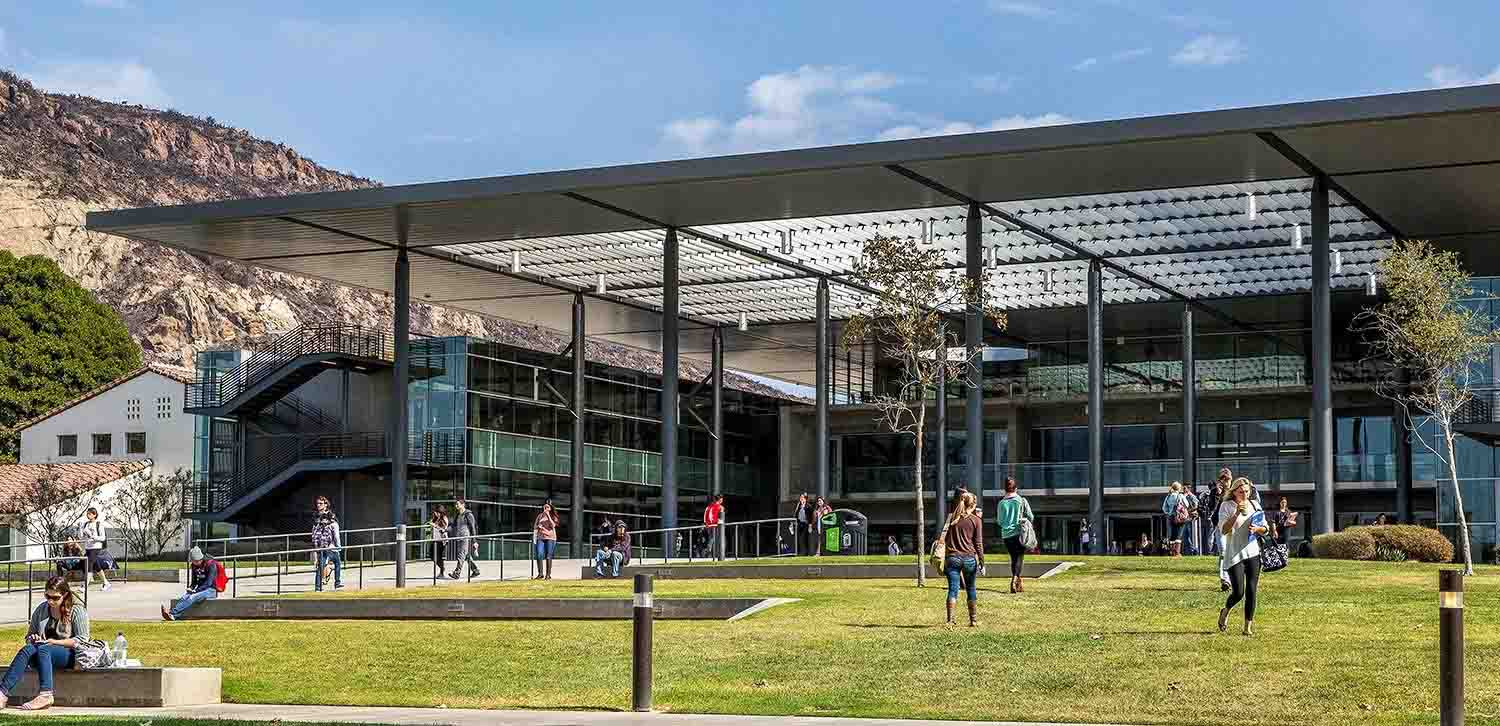
Building bridges for student success
When academic and student affairs departments work together, first-year STEM students achieve greater success, a study finds.
Full article HTML | Full article PDF
A first-generation college student wants to major in math—but enrolls in the wrong course because her academic advisor isn’t familiar with the math sequence. Once classes begin, the student doesn’t understand what faculty office hours are—and so never seeks out the professor’s help, flounders, and fails the course.
Such are the issues that many first-generation, underrepresented minority, and low-income students face in colleges and universities, even when well-meaning advisors and professors try their best to provide support through summer bridge programs, innovative teaching practices, and the like.
So what can a university do to successfully retain and support students? Two researchers at the Pullias Center of Higher Education discovered that building bridges between the many different on-campus efforts to support students can make a big difference. The researchers’ findings were recently published in Change: The Magazine of Higher Learning.
“The good news is that stakeholders on many campuses already know how to help students succeed,” said the lead author of the paper Adrianna Kezar, a professor of higher education at the University of Southern California and co-director of the Pullias Center for Higher Education. “The bad news is that these stakeholders usually aren’t working together. The academic and student affairs departments rarely collaborate, and students can fall through those cracks in the network of support.”
To investigate what would happen when those departments did actually start coordinating their efforts, the researchers studied CSU STEM Collaboratives, a project at eight CSU campuses to support STEM students through a unified effort between academic and student affairs. When those departments worked together, student’s GPAs improved—as did their sense of belonging and academic self-efficacy.
“The difference with the CSU STEM Collaboratives project is that the departments really collaborated to meet all the students’ needs,” said Elizabeth Holcombe, a co-author of the paper and a research assistant at the Pullias Center. “This is a big change from what we see in many universities. Some may be great at giving students general knowledge about how to succeed in college, but not at supporting them in their specific majors with mentors and hands-on opportunities. Others might provide excellent STEM tutoring, yet fail to encourage students into actually taking advantage of those resources.”
To replicate the successes seen in the CSU STEM Collaborative project, the researchers recommend that campuses encourage collaboration between faculty and student affairs staff to address the many needs of STEM and first-generation students.
This study continues Kezar and Holcombe’s ongoing research on STEM reform and institutional culture and change.
Full article HTML | Full article PDF
Kezar, A., & Holcombe, E. (2018). How organizational silos and bridges shape student success: The CSU STEM collaboratives project. Change: The Magazine of Higher Learning, 50(2), 48-56. https://doi.org/10.3102/0002831217746107
The research for this study was funded by a grant from the Leona M. and Harry B. Helmsley Charitable Trust.